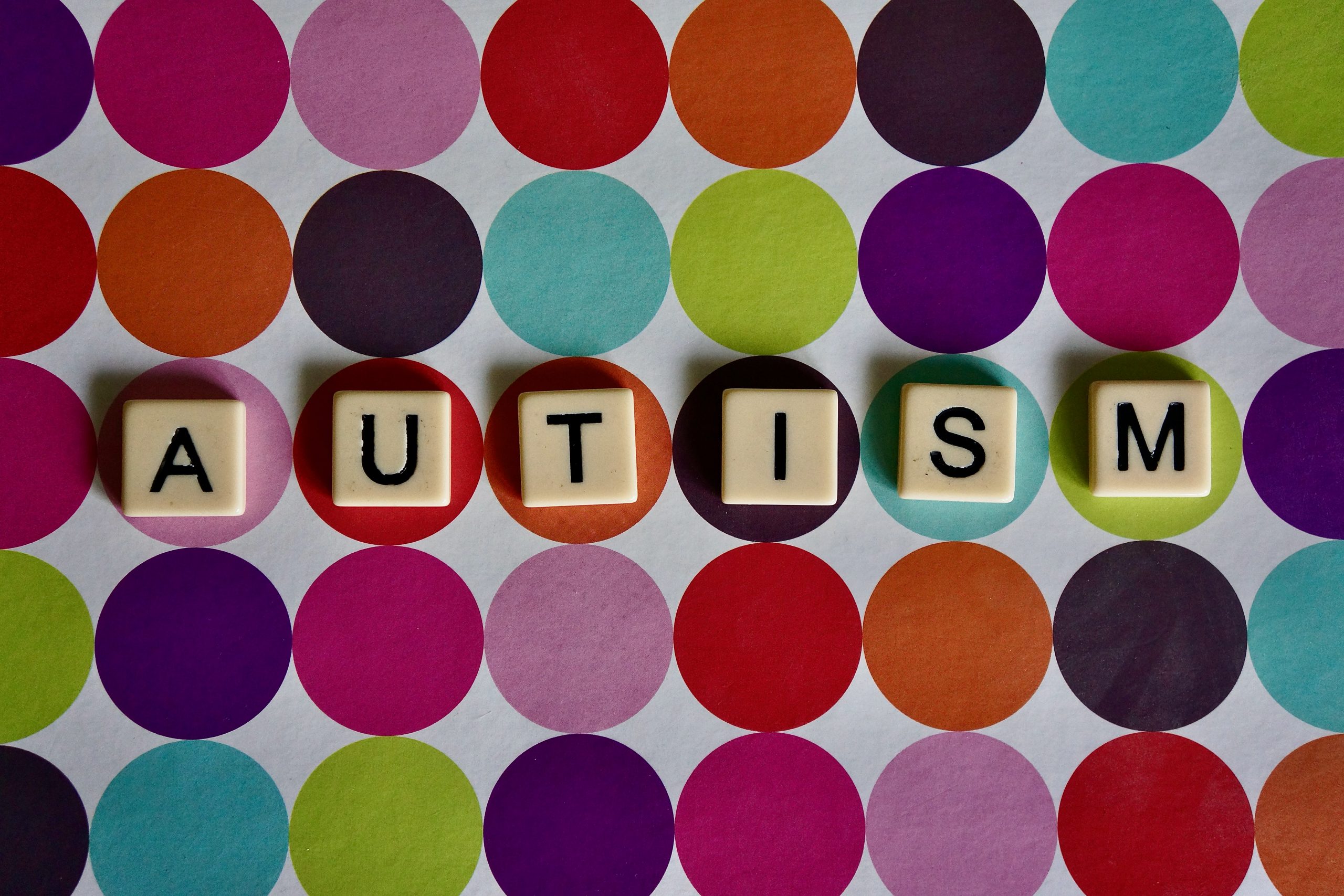
Lauren Moye, FISM NEWS
[elfsight_social_share_buttons id=”1″]
A new report released on Thursday shows that there was a jump in autism diagnoses between 2016 and 2018. However, experts point to an improvement in recognizing the developmental condition from an earlier age and an increase in available services as the reason for this increase.
An estimate released in March 2020 based on 2016 data showed 1 in 54 autism diagnoses among a sample 8-year-old population. The most recent data analyzed by the Centers for Disease Control (CDC) shows that among children born in 2010, the autism diagnoses rate increased to 1 out of every 44.
The data came from the Autism and Developmental Disabilities Monitoring Network (ADDM), which is a CDC organization that tracks and reports on autism data among eleven communities. These communities are found in the following states: Arizona, Arkansas, California, Georgia, Maryland, Minnesota, Missouri, New Jersey, Tennessee, Utah, and Wisconsin.
The study authors warned that data is an estimation for these communities and may not represent the whole United States.
While the report showed that there was a lessening gap in diagnoses between different ethnic populations, there was still a marked lower diagnostic rate for Hispanic children. Black children received a learning disability diagnostic in greater proportion to other demographics.
Additionally, the community data shows a wide range in diagnostic rates. Missouri reported that only 1 in 60 of their 8-year-olds received an autism diagnosis. Meanwhile, the ADDM report shows an estimation that 1 in 26 (3.9%) of California 8-year-olds were diagnosed.
The CDC notes that the wide discrepancy in diagnosis “could be due to how communities are identifying children with autism.”
The ADDM also tracks data on 4-year-olds. Their report shows that children born in 2014 were 50% more likely to receive a diagnosis than those born in 2010. This hints that another jump in official diagnosis rates should be expected in the future.
Experts attributed the diagnosis increase to better recognition of autism, especially at an earlier age.
Dr. Karen Remley, the director of CDC’s National Center on Birth Defects and Developmental Disabilities said, “The substantial progress in early identification is good news because the earlier that children are identified with autism, the sooner they can be connected to services and support.”
She noted that “these services” are important to “help children do better in school and have a better quality of life.”
The Autistic Self Advocacy Network, a nonprofit operated “by and for autistic people,” responded to the CDC report by saying that they were “not surprised” at the diagnosis rate increase due to an improvement in recognizing the condition. They also said they “expect” the rate to continue to rise in the future as “access to diagnosis and support” improves.
The statement concluded with, “Autism is not a bad thing, and autistic people, of all races, genders, and ages have always been here. The ADDM report represents an encouraging sign that our diagnosis practices are catching up to that reality. This is good news for the many autistic people who have been overlooked in the past and can now get the recognition and support they need.”
